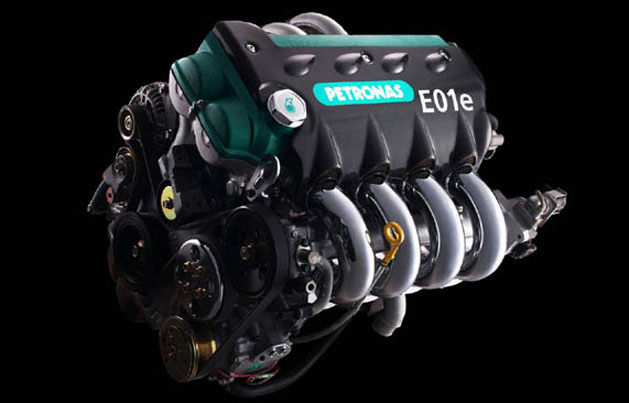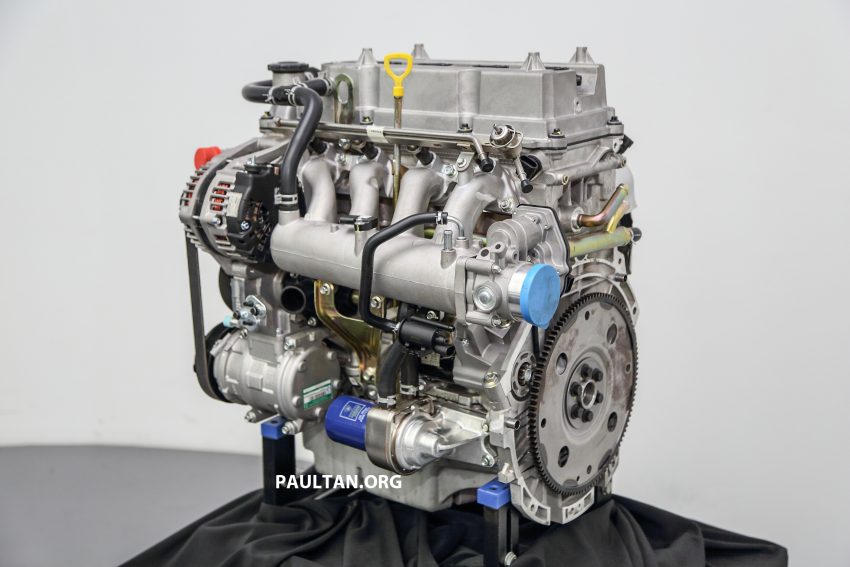@Nilgiri
South Korea is able to make their own engine while Malaysian Proton still rely Japanese engine until Today. Same ambition, different result.
Malaysia co-developed CamPro engines with British engineering firm Lotus.
Malaysian oil and gas multinational corporation Petronas had also supposedly developed the E01 engine
Subsequently, an improved version NE01 2.0L was supposedly developed and slated to be installed in Proton Perdana models.
Not much success apparently.
Later, British engineering firm Ricardo collaborated with Proton to develop an engine prototype. Not much progress there apparently either.
Six new engines for Proton automobile brand was supposed to be developed by 2017. Afterwards, Chinese brand Geely took over and these projects have probably been shelved.
As you may see from the video, these public companies like Proton and Silterra were the brainchild of Dr Mahathir Mohamed.
Apparently, Malaysia lacks enough enterprising people and enough engineering talent to make a successful venture out of Proton. Or out of Silterra.
Unlike South Koreans, who made ample use of the abundant technology transfer from Japanese and American corporations and institutions. And went on to build their national champions. I believe Hyundai automobiles obtained the blueprints for everything from the engine to the chassis from Mitsubishi.
In 1981, Mitsubishi agreed to license engine, transaxle, chassis, and emission control technology to Hyundai.
We have no direct method of measuring knowledge creation or absorption by countries. The best
proxies available that we can use may provide some indicators.
Variables such as PISA test scores, R&D spending, number of scientists and engineers, number of nonself citations per capita in STEM (Science, Technology, Engineering, Mathematics) disciplines, high tech exports per capita, number of patents granted outside home country per capita, intellectual property earnings per capita.
Other researchers may think up some other variables of interest.
In any case, Korean 'miracle on the Han river' was not much different from the story of their East Asian neighbours at similar stages of development. Japan, Taiwan, Singapore or China experienced similar phases in their development stories.
Only that Singapore was probably too tiny to build massive national champions, resulting in overreliance on foreign multinatinal corporations.
Going by the lack of democratization in Singapore that Korea and Taiwan had experienced decades ago and the subsequent lack of an entrepreneurial class that can create national champions to compete with the region or the planet's best, we might say that the Korean or Taiwanese democratic and national-champion-development model has proven to be superior to Lee Kuan Yew's model of inviting foreign multinational corporations to base their regional HQ, manufacturing, sales and marketing, R&D, financial and procurement and logistics hub for the Asia-Pacific or ASEAN regin.







